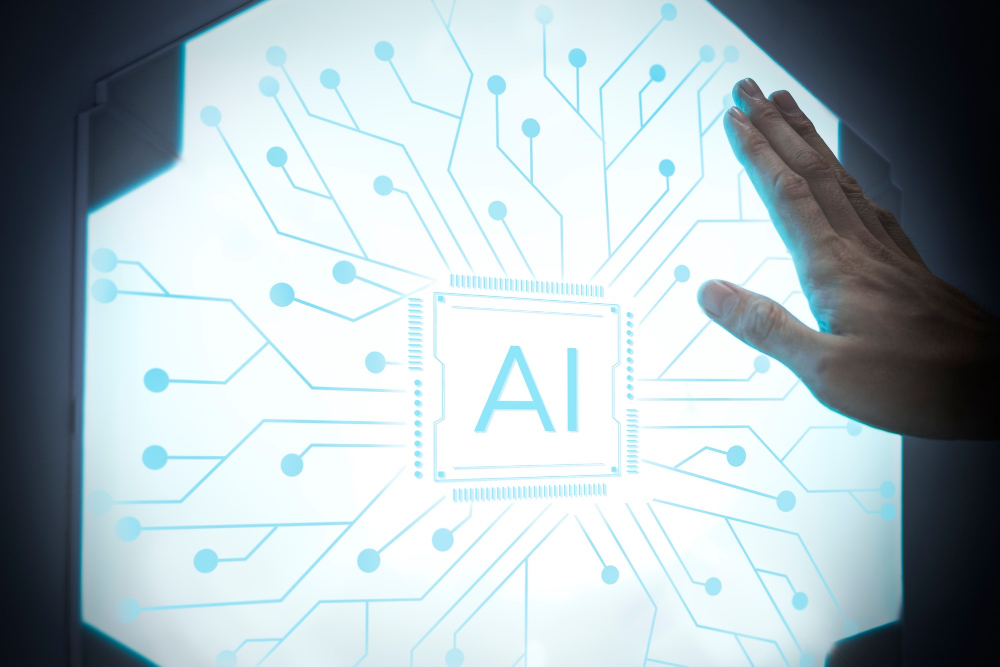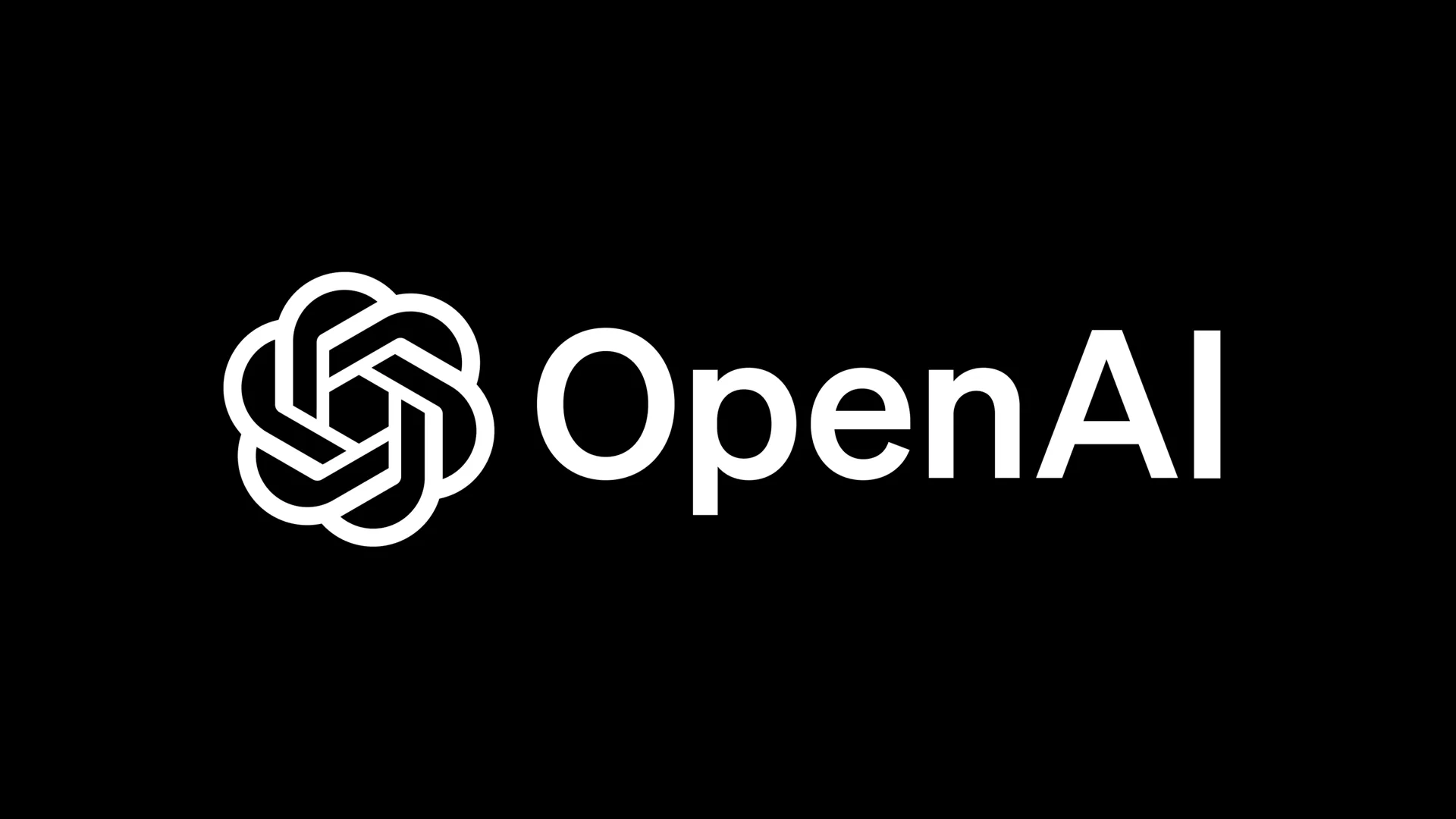Microsoft AI says its work toward superintelligence will be explicitly ‘humanist’, designed to keep people at the top of the food chain. In a new blog post, Microsoft AI head Mustafa Suleyman announced a team focused on building systems that are subordinate, controllable, and designed to serve human interests.
Suleyman says superintelligence should not be unbounded. Models will be calibrated, contextualised, and limited to align with human goals. He joined Microsoft last year as its AI CEO, which has begun rolling out its first in-house models for text, voice, and images.
The move lands amid intensifying competition in advanced AI. Under a revised agreement with OpenAI, Microsoft can now independently pursue AGI or partner elsewhere. Suleyman says Microsoft AI will reject race narratives while acknowledging the need to advance capability and governance together.
Microsoft’s initial use cases emphasise an AI companion to help people learn, act, and feel supported; healthcare assistance to augment clinicians; and tools for scientific discovery in areas such as clean energy. The intent is to combine productivity gains with stronger safety controls from the outset.
‘Humans matter more than AI,’ Suleyman writes, casting ‘humanist superintelligence’ as technology that stays on humanity’s team. He frames the programme as a guard against Pandora’s box risks by binding robust systems to explicit constraints, oversight, and application contexts.
Would you like to learn more about AI, tech, and digital diplomacy? If so, ask our Diplo chatbot!










